Nah uh! But I don’t gamble in the traditional way. I hope you enjoy this mild rant even if you don’t agree.
This blog is in response to comment I received about a previous training article, Preparing Millennials – A Matter of National Interest…and the inference that we shouldn’t single Millennials out because risk aversity has been around a long time. Like since the Cave. Perhaps, I should have used “Concern” instead of “Interest” to give my title more weight. The comment, in all fairness, was not negative, but connected my blog with risk-aversity. I’m sure there is an academic discussion on risk aversity somewhere, or a vendor using their words…
I mean no insult to anyone, but let’s face it, we are all about defining and naming everything. I remember a scene from one of Arthur Miller’s least known plays, Creation of the World and Other Business, where Adam goes around naming things–sometimes in a ridiculous sense. (I could have said “stupid,” but that’s name-calling and Adam wasn’t, or isn’t in the play.) We place people in all kinds of categories–race, religion, extrovert or introvert, worker, manager, leader, transformationalists, game changer, and, of course, now the working generations. You know them as The Baby-Boomers (me),Generation X, Generation Y and, of course, The Millennials. There have always been differences between younger and older generations; this shouldn’t be a surprise.
We train about accepting change, creating change. Change the words to risk. Hmmn.
I admit to accepting society as it is. I’m not in a position to change it or fix it if it needs fixing. Who am I to say? However, we toss definitions, categories, and slogans around as products. To me, training is training. It is what a company or organization may need to sustain itself or move safely to a higher ground–the ground below being a bit more competitive. Or, we, trainers, often encourage company or organizational investment with our words. Words that make sense in the right setting, that put people in successful dioramas.
Everyone wants the keys to success. The keys come in many shapes and sizes, but mostly words. Words we can say that have no guarantees. Don’t you hate it when a product’s guarantee is ridiculously short, say, for example, three months or ninety days. The “lemon” law is how many days? Yet, our words spoken by persuasive people to people who need to hear those words have no guarantees. No guarantee of success.
I had a boss once, when I was creatively working for two separate divisions, whose favorite saying was, “If you do it this way, it will only take a few minutes.” Any longer for whatever reason–you didn’t do it “this way.” It seemed I was taking all the risks and he was taking all the successes. I won’t say that he did. I don’t know what went on behind closed doors, but singing my praises is a bit suspect.
So, as I admit society likes to name and define things. I was talking about Millennials. You know, the kids who are running the world after most of us. Some are already in the workplace, and, naturally, more will come as we die off. Oh, don’t frown! We will die and others will take our place–unless there is a meteor or some other catastrophe that takes us all out.
Saying nothing more about our distinction, I still maintain we have to see the newest generation on their own terms. These are the same terms we had only different. (I did that on purpose.) Okay, now I’m using society’s words now that are probably academic, media or trainer–or human resources in origin.
I am taking a stand. I don’t believe Millennials are any more “risk averse” than any other group. In a world of work made up of different types–baby-boomers, x and y generations, and finally Millennials, my point is more how do we nurture them, and how should we view them. See my previous article.
As a baby-boomer, I am familiar with risk-taking; I didn’t want to take many when I was young, unemployed and had no money–seeing security as more important in my life at that time. I’m not crazy about the term “risk averse.”

Most people are opposed to change–that being the buzzword of billions who cringe at the thought. A few of us welcome change though, as you may welcome risk. Maybe I’m saying the same thing… Of course, change is not the same thing, but it is more of a general issue for society. Some handle it better than others. The same for “risk.” It weighs heavier for some than others.
I see different kinds of risk-taking, some risks I’m willing to take and some I’m not–especially in certain situations like a workplace. Working with others competing for a manager’s attention? That’s not me. Throwing out ideas or taking risks with the status quo to people who are not receptive is not fun. Getting slapped down for questioning or crossing established boundaries is different from being rejected. It comes with a higher price.
When it comes to investing, I don’t want to invest or “risk” what I have little of without a support system. In fact, I think it’s smart. If the workplace (my boss) views risk as a plus, I’m on board all the way. I love being creative. In my last government job (the one from which I retired), taking a risk was an anomaly. I suppose I went there. So, I retired to take risks. I am now an actor, a writer, a theatre director and critic. I wore all those job titles in my spare time while I was working. Everything I do is a risk. To me it was a “risk” to get involved with social media; at my age, that’s rarer than you think. As you can tell, my response was a second blog. I risk using my words a lot.
A bit of a rant, like rage poetry, is good for the soul, and might cause one to think. I hope I touched a nerve or two; if so, I did my job.
Happy Training. (By the way, I should be preparing for classes tomorrow, but I’m doing this instead. Emotions. My own intelligence or lack thereof. Creativity. All to blame.)
By the way, this is not all I do. I believe in connections. Information and communication is applicable in training and development as well as education. If you are interested in my approach here or in other offerings on the site, you might also be interested in my book, The Cave Man Guide to Training and Development. “Cave” and “Man” are separate on purpose. The “cave” is simply where we train. I promise there will be a II and III based on my articles here. If you like what you see here, I have a blog site, Shaw’s Reality, where I look at the world’s reality from a variety of perspectives. I have also published a young adult science fiction dystopian novel, In Makr’s Shadow.
By all means though, check out The Free Management Library’s complete training section.












